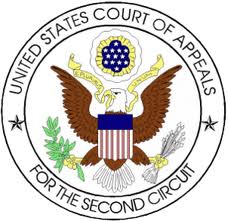

As I noted in a post at the time, last Fall, the U.S. Supreme Court in the Macquarie Infrastructure Corporation v. Moab Partners, L.P. case agreed to take up the question of whether whether the failure to make disclosure required by Item 303 of Reg. S-K is an actionable omission under Section 10(b) and Rule 10b-5. In January, the Court heard oral argument in the case. In the following guest post, Sarah Eichenberger and Jonathan Rotenberg, Partners in the Securities Litigation practice at the Katten law firm, discuss the questions the Justices as asked the oral argument and assess the possible outcomes of the case, as well as the potential significance of the outcomes. I would like to thank Sarah and Jonathan for allowing me to publish their article as a guest post on this site. I welcome guest post submissions from responsible authors on topics of interest to this site’s readers. Please contact me directly if you would like to submit a guest post. Here is Sarah and Jonathan’s article.Continue Reading Guest Post: Supreme Court Considers Whether Pure Omissions Can Support Section 10(b) Liability

 The U.S. Supreme Court has agreed to take up a case that will address a recurring issue that has arisen in the securities class action litigation arena – that is, whether or not the alleged failure to make a disclosure required by
The U.S. Supreme Court has agreed to take up a case that will address a recurring issue that has arisen in the securities class action litigation arena – that is, whether or not the alleged failure to make a disclosure required by 

